How to Successfully Root Unrooted Nodes
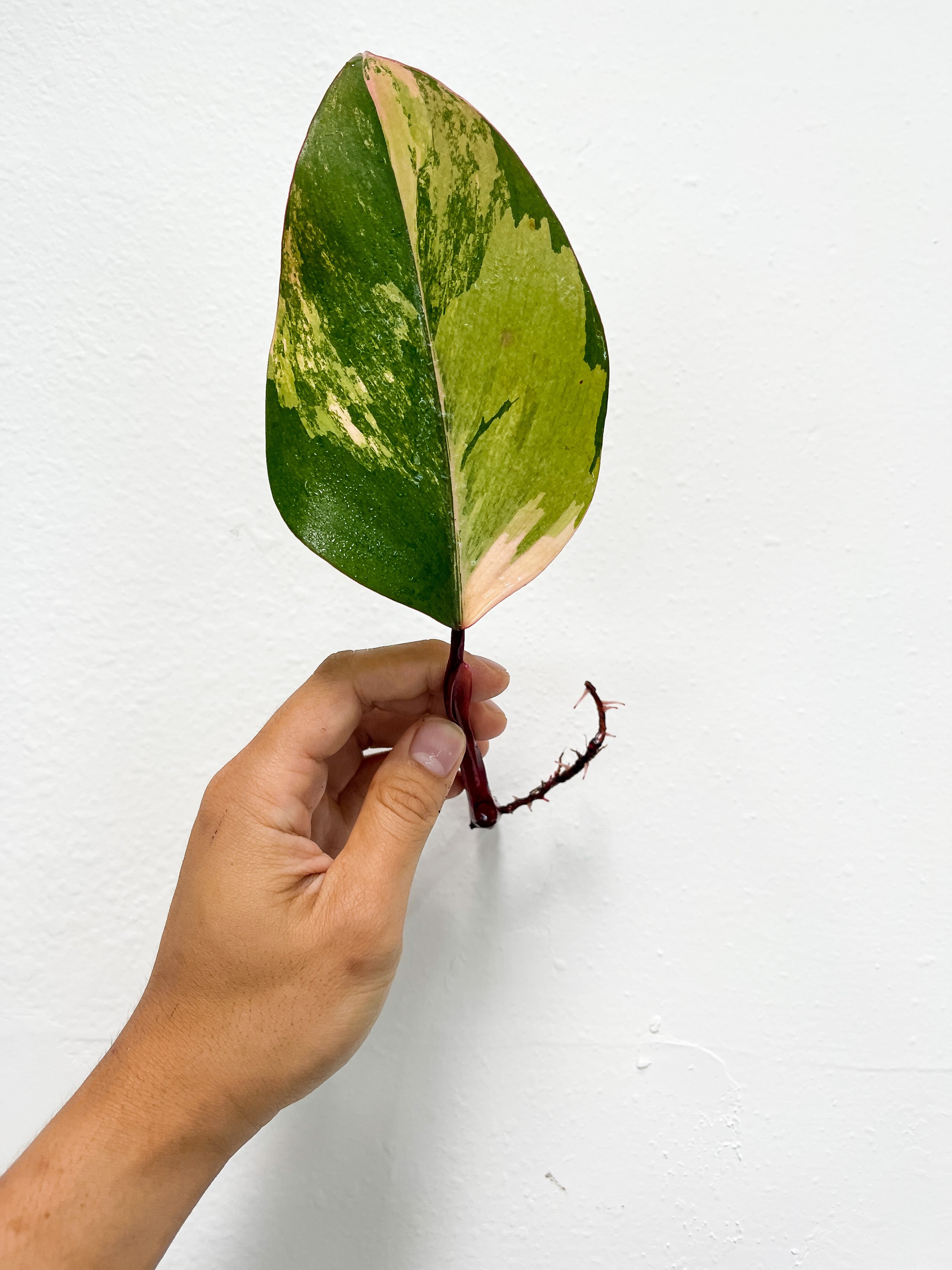
First let me say this. No one can be confident enough to say they root all unrooted nodes successfully, not at 100%, 90% or even 80%. Because rooting a leafless node involves a lot of risks, the odds are high. However, today I will show you everything I know about rooting nodes and hopefully help you raise the success rate significantly.
What is a node? A node is the point on a stem where the buds, leaves grow out from. You can identify a node by looking at the connection between the petiole and the stem.

They are the most crucial parts on the plant. Without a node, you will not have roots, leaves. Most of you guys will know the importance of the node but some of you don't know about axillary buds. If the word sounds unfamiliar to you, you really need to know about it now before buying any cuttings or nodes. Axillary buds, commonly called growing eyes, are the little bumps close to the nodes. They are embryo forms of new leaves. Without the buds, your cuttings, nodes will not grow and will stay the same until they die. In short, your node must have an axillary bud.
Now you have a viable node, what next?
Most people will think about what substrate to propagate the node first and they think it will be the make or break factor. What if I tell you, what you root your node in is the most important thing? Instead, the setup will play the most important role in the success.
The setup for node rooting
Light: A lot of lights (Indirect.) So a good grow light will do the job.
Humidity & Air flow: I put these two together because you need to archive them side by side. Too much of one and too little of the other will kill your node. High humidity with a good air flow will promote the node to sprout and also help the leaves unfurl perfectly. A lot of you guys propagate your nodes in a small propagation clear box. I would not recommend that, especially for expensive nodes. Small boxes equal little air. With little CO2 the node will not photosynthesize fast enough or if any at all. So put your nodes into a big clear box and open the lid once for 1 hour every 2 days for air exchange.
Temperature: Warm temperature will do wonders on nodes. Do your best to keep the temperature around your nodes ranging from 70 to 80F. You can use heat packs but need to pay close attention so they won't cook the nodes.
Now, finally, we talk about the medium the node will be in.
- For unrooted nodes, the best way to root them is dam sphagnum moss. You can presoak the moss in a fertilizer water mix. Make sure the moss is just slightly moist, not dripping wet. Place the side with an axillary bud up so your sprout will not grow down into the moss and potentially rot.
- For nodes with dried up aerial roots, cut all the roots and repeat the step above.
- For nodes with healthy aerial roots, you can place them in water or moss with the aerial roots submerged in the rooting medium and the node above the medium. If you use water, DO NOT use any fertilizers. Clean, filtered water will be your best bet. Change the water once every week or when it is not clear anymore.
- For wooden chonks: Chonks are woody nodes with brown or dark brown hues. They are matured nodes usually from anthuriums or some philodendron like el Choco, etc. Best way to root chonks in my experience is perlite. Soak a pot perlite with fertilizer mix water. Leave a little bit of water at the bottom of the pot. Cover two thirds of the chonk in soaked perlite. Leave one third of the chonk above.
Watering schedule: Since the node will be a closed box with sealed humidity, you will not have to water the moss too often. It can take around 10 to 20 days for the moss to dry out. Use a spray bottle to spray the moss and avoid the water on the node itself.
Once you complete your setup, all you need to do now is wait. How long should you expect to see the result? It will depend on the type of plants, the maturity of the nodes and the phase of the nodes. Some nodes are in a growing phase with activated axillary buds even before you propagate them. Those types of nodes are the best because they can sprout pretty fast. Sometimes it only takes them a week to sprout. On the other hand, some nodes or chonks will take 2-3 months to have any actions. Or worse they will never sprout at all. Can you do anything to change that? The hurtful answer is no. You can only give them the best conditions and hope for the best. Always rooting nodes with a mindset that they will not make it. It will save you a broken heart and bring you the best feeling when they actually grow.
I hope this guide will help you grow more nodes successfully. Please tag me on instagram at https://www.instagram.com/leafysoulmates/ if my guide helps you grow a leaf. As always, happy planting guys.

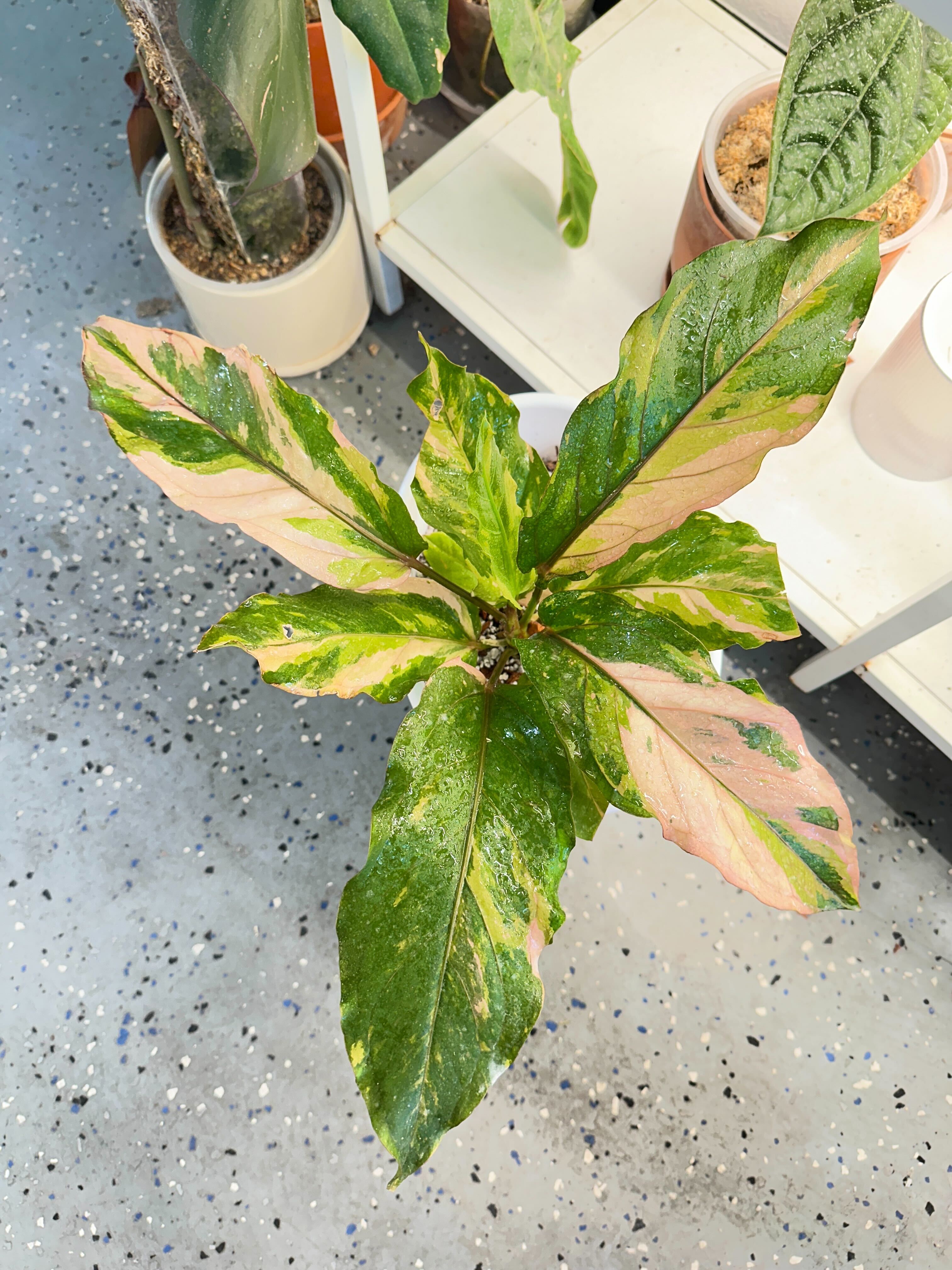
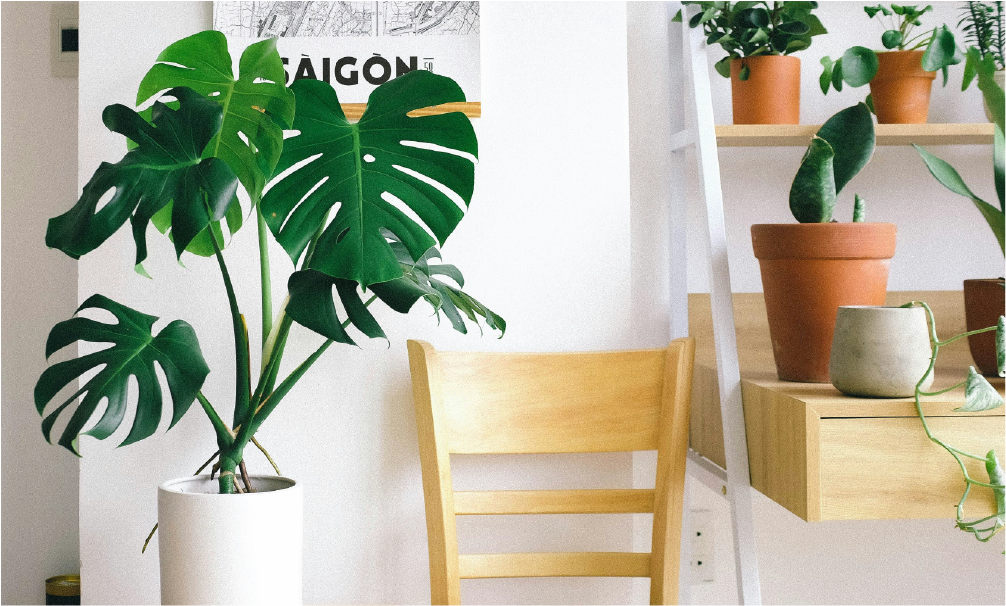



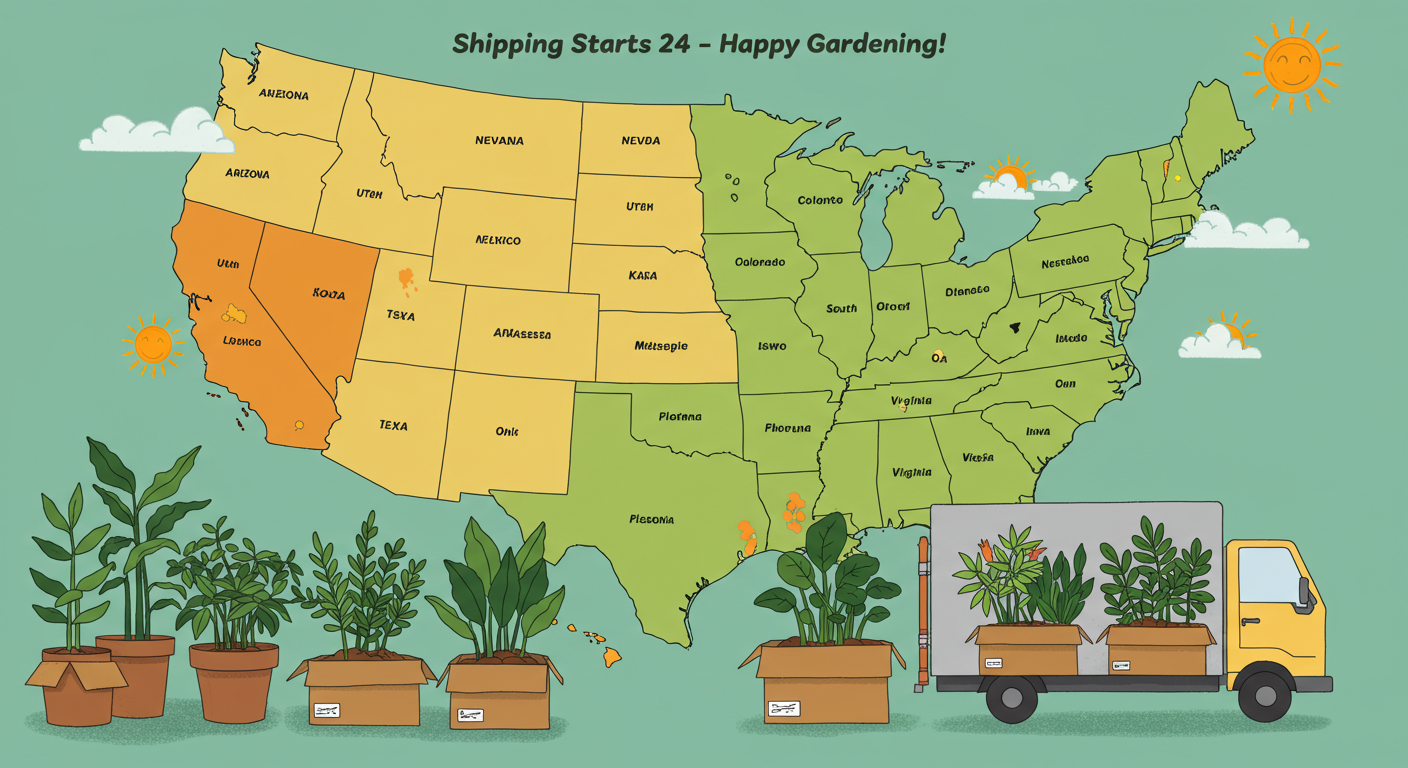
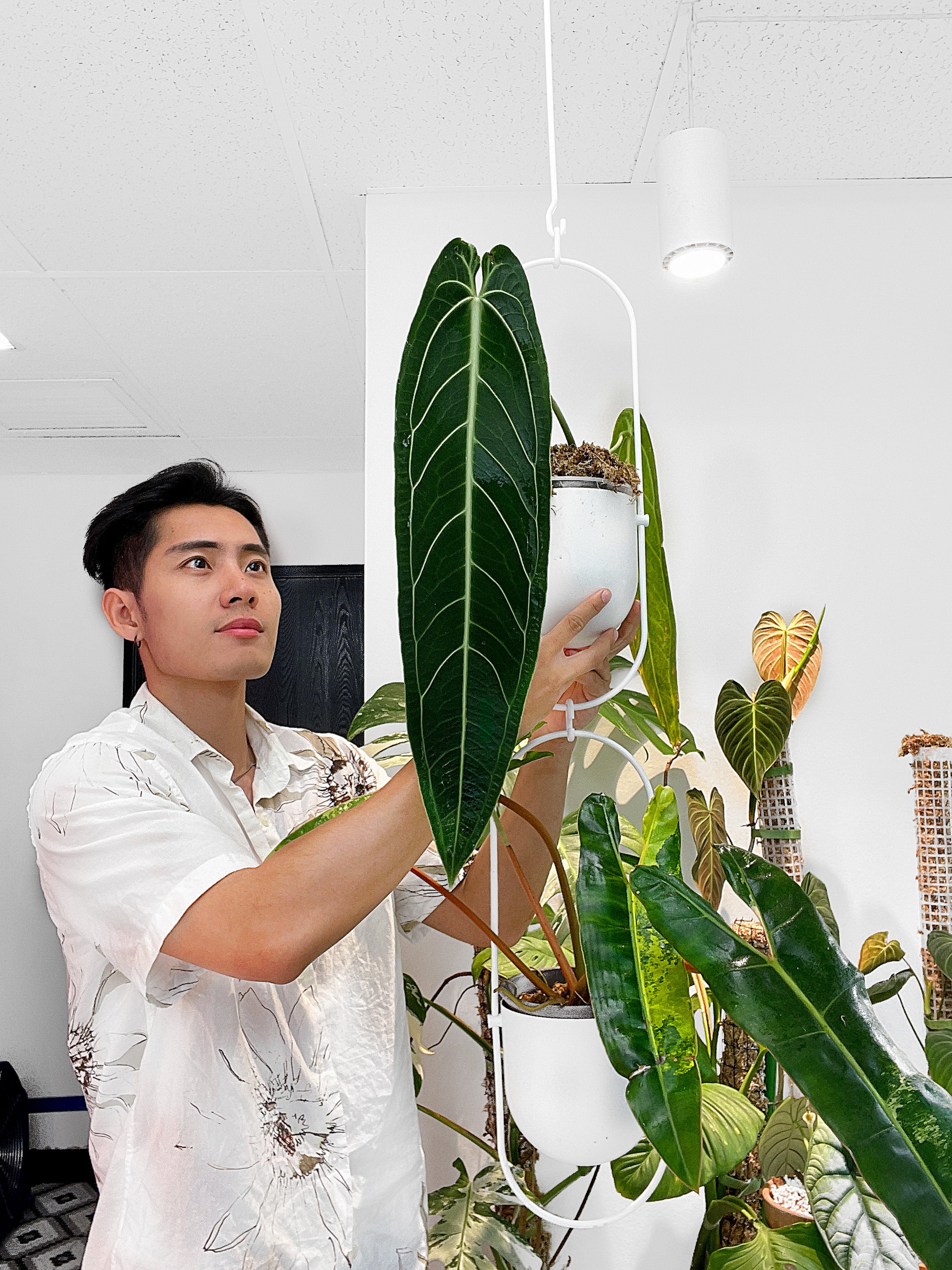
Comments